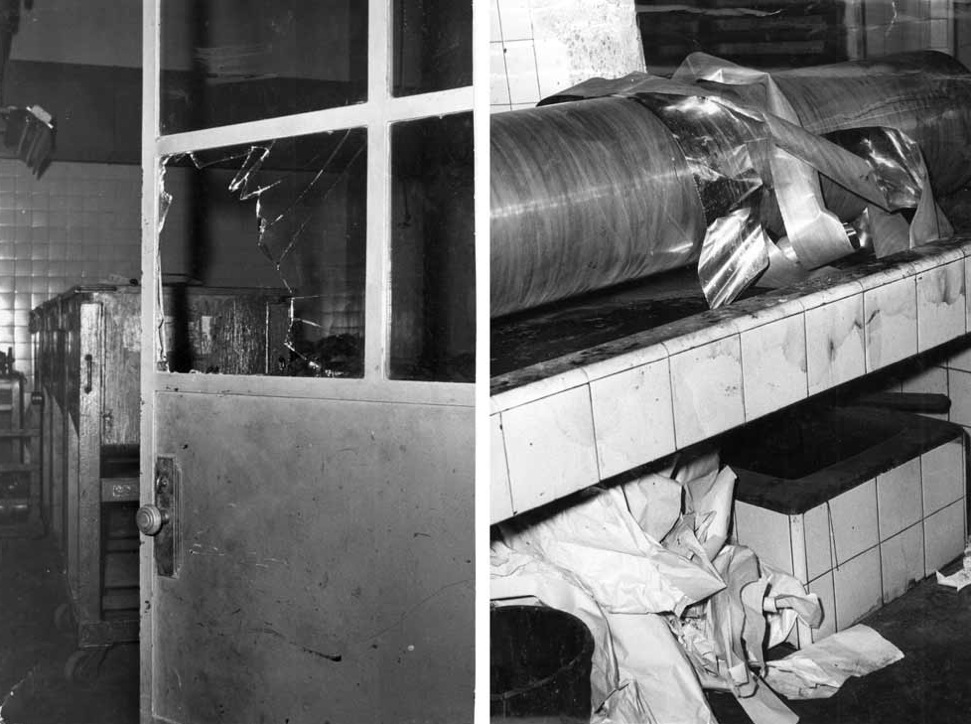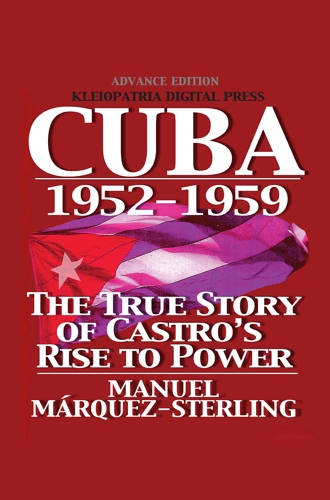Cuba History Book Reviews
Biografía de un crimen
Forty-nine years ago, on a day that the old Republic of Cuba celebrated Independence Day (20 de Mayo, Día de la Independencía) and its freedoms, Cubans found themselves without a free press. The week before the last two independent newspapers were closed down by the Castro regime as it tightened its grip of tyranny.
Manuel Márquez-Sterling’s column in Diario Las Américas this week Biografía de un crimen (Biography of a Crime) reviews the new book with that title by José Ignacio Rivero, publisher of Havana’s legendary Diario de la Marina from 1944 to 1960. He is the son of Pepín Rivero its publisher from 1919-1944, and the grandson of its founder Nicolás Rivero.
Diario de la Marina was Cuba’s longest-running newspaper and the one with the highest circulation. Its roots went back to 1813 with El Lucero de la Habana (The Havana Star) and the Noticioso Mercantil (The Mercantile Seer) whose 1832 merger established El Noticioso y Lucero de la Habana, which was renamed Diario de la Marina in 1844. Though a conservative publication, its pages gave voice to a wide range of opinion, including those of avowed communists. It gave a platform to essayist Jorge Mañach and many other distinguished Cuban intellectuals.
Over its long history La Marina kept faith with a conservative philosophy that from 1902 to 1959 always defended the best interests of the country, its pages opposing the dictatorships of Gerardo Machado in the 30s and Fulgencio Batista in the 50s. Its valiant attempt to maintain that tradition of opposition to despotic government under Castro was doomed. Its heroic coverage included being the only newspaper that published the letters denouncing the Castro regime written by Revolutionary Commander Huber Matos from prison after his October 1959 arrest for “counter-revolutionary treason”.
In his new (Spanish language) book Biografia de un Crimen, Rivero examines the critical time period that is the focus of this blog: 1952-1959, continuing through May 12, 1960—the grim day when his newspaper was closed, a day after he took refuge in the Peruvian Embassy in Havana. The day following closure of La Marina, Cuba's last remaining privately-owned newspaper (Prensa Libre) was attacked by a mob and shut down. La Marina premises and equipment were confiscated by the Castro regime and used to publish its government-controlled newspapers.
In this new book Rivero draws on the rich perspective afforded him as La Marina's publisher to offer valuable insights into Castro’s rise and the establishment of his tyranny. [The book is available from Relampagos Editorial at 7741 SW 93th Avenue Miami FL 33173]
The University of Florida Digital Library of the Caribbean maintains a Diario de la Marina digital archive containing 306 issues from 1947-1960 as facsimiles. That collection also includes nineteen issues (1960-1961) of Rivero's exile publication: 7 Días del Diario de la Marina en el exilio digital archive.
Wednesday, May 20, 2009
Subscribe to:
Post Comments (Atom)




 Mobile subscription
Mobile subscription



No comments:
Post a Comment